“Yes, the targets have been chosen for the super-secret first images that will be released.”
— Jane Rigby, Project Scientist, James Webb Space Telescope Operations, NASA Goddard Space Flight Center, Maryland in March 16, 2022 news conference.
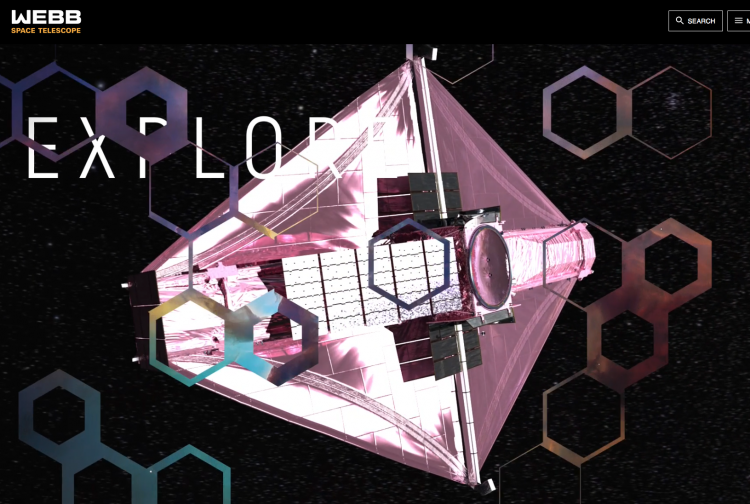
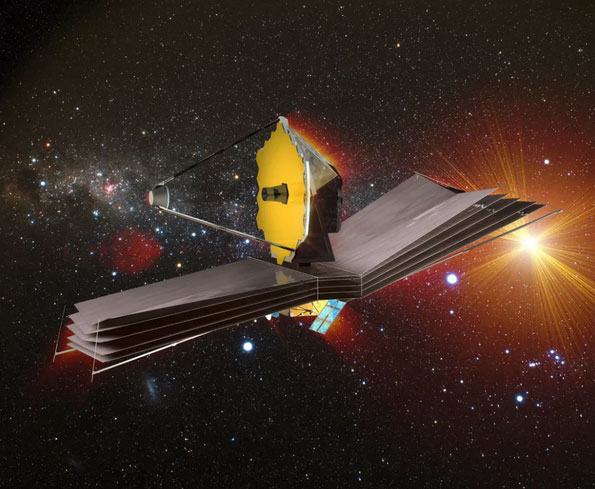
March 28, 2022 Albuquerque, New Mexico – NASA announced at a March 16, 2022, press conference that the first astronomical targets that Webb will aim at in June to July 2022 “have been chosen for the super-secret first images that will be released.” Why would publicly funded NASA start off with “super-secret” targets at the start of showing Earth humans the sharp eyes that Webb will have on this universe?
During the March 16, 2022, NASA press conference, Jane Rigby, Webb Operations Project Scientist, announced, “We’ve selected more than a full year of science. Those targets, those programs have been fully specified. The computer files that tell Webb how to take the data, we have all those in hand.
“But yes, the targets have been chosen for the super-secret first images that will be released.”
One solar system that NASA is highlighting in its own March 6, 2022, news releases is, “Exploring Alien Worlds With NASA’s Webb Space Telescope: TRAPPIST-1 System.”
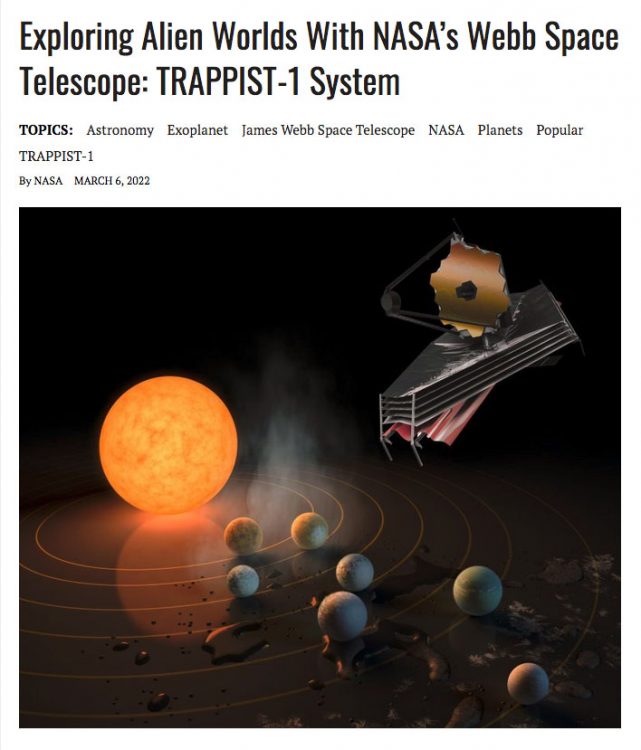
Will One of Webb’s Solar System Targets Be TRAPPIST-1?
What about stars in our interstellar neighborhood ABOUT 40 light-years from our sun that have Earth-sized exoplanets?
That would describe the TRAPPIST-1 solar system of seven planets that have at least two Earth-size planets that also appear to have water and land. Can Webb see artificial structures on those planets if they are inhabited?
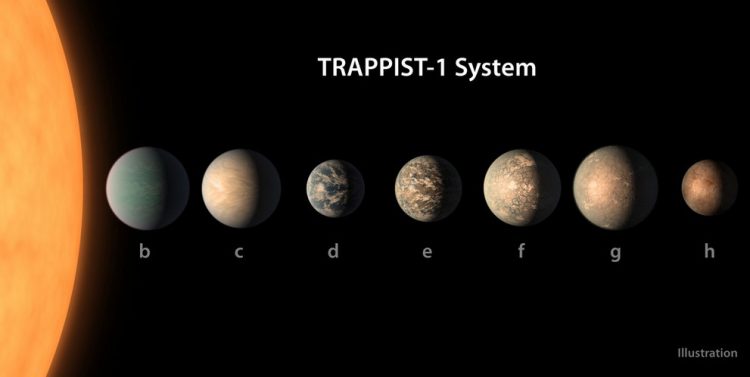
The TRAPPIST-1 solar system was only discovered six years ago in 2016. After NASA’s Spitzer, Kepler and TRAPPIST telescope studied the seven Earth-size planets with the TRAnsiting Planets and PlanetesImals Small Telescope, the solar system was named after the telescope. Scientists report that the seven TRAPPIST-1 planets are all rocky and at least two of the seven are similar to Earth’s mixture of water and land. All seven planets orbit very close to the sun, which is only 9% as massive as our Sun.
NASA reported on March 6, 2022, in SciTechDaily.com, “Astrobiologists from the NASA Goddard Space Flight Center are excited about this system because TRAPPIST-1 is a perfect laboratory for studying habitability! It consists of seven rocky planets, distributed across the system’s habitable zone, or the area around a star where it is not too hot and not too cold for liquid water to exist on the surface of surrounding planets. … We want to search for biosignatures in the atmsopheres of the potentially habitable TRAPPIST-1 planets.”
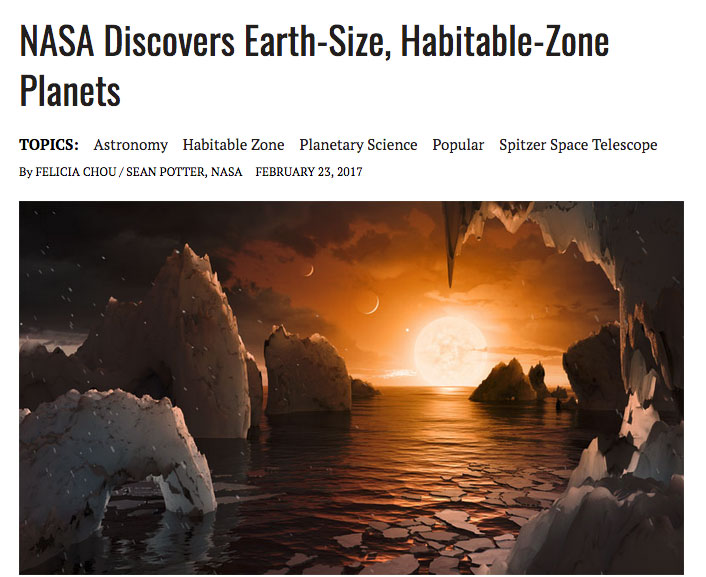
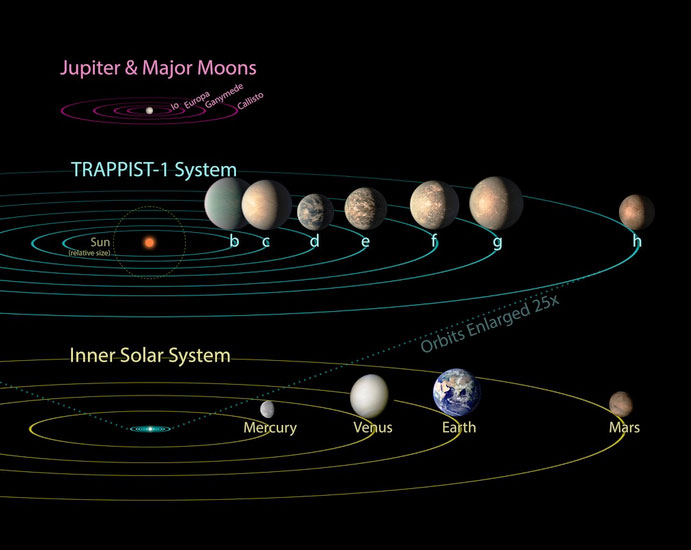
Seven Earth-sized planets observed by NASA’s Spitzer Space Telescope around a small, ultra-cool dwarf star called TRAPPIST-1, a system only 41 light-years from Earth. Three of the planets are in the habitable zone and at least two have water and land similar to Earth.
More Information:
11-21-2019 – Hubble Has Found “Highest Energy Ever Observed” in Our Universe.
01-31-2019 – 2nd Mysterious Repeating Fast Radio Burst (FRB) Discovered – What Are They?
03-06-2018 – Exoplanet Near Earth’s Nearest Star Might Have Been Scorched by Gigantic Solar Flare
08-02-2017 – NASA Job Search for “Planetary Protection Officer”
05-26-2017 – Part 1 – Aliens: Scientists Search for Extraterrestrial Life
05-26-2017 – Part 2 – Aliens: Scientists Search for Extraterrestrial Life
05-17-2017 – Proxima Centauri, Closest Star to Earth, Has Exoplanet Where Temperature and Water Might Make It Habitable
03-30-2017 – Repeating Fast Radio Bursts 2.5 Billion Light-Years from Earth — Alien Intelligence?
Websites:
TRAPPIST Space Telescope: https://www.google.com/search?client=firefox-b-1-e&q=TRAPPIST+Space+Telescope
Spitzer Space Telescope: https://www.spitzer.caltech.edu/image/ssc2018-04b1-trappist-1-planet-lineup-feb-2018
TRAPPIST Exoplanet Exploration by NASA:
https://exoplanets.nasa.gov/exoplanet-catalog/5502/trappist-1-d/
“NASA Discovers Earth-Size, Habitable-Zone Planets,” SciTechDaily, February 23, 2017: https://scitechdaily.com/nasa-discovers-earth-size-habitable-zone-planets/
Kepler Space Telescope: https://en.wikipedia.org/wiki/Kepler_space_telescope
© 1998 - 2025 by Linda Moulton Howe.
All Rights Reserved.

